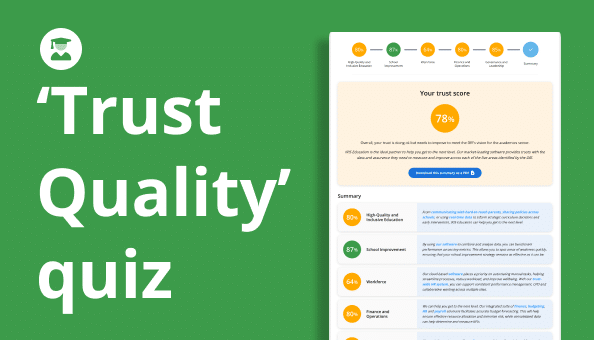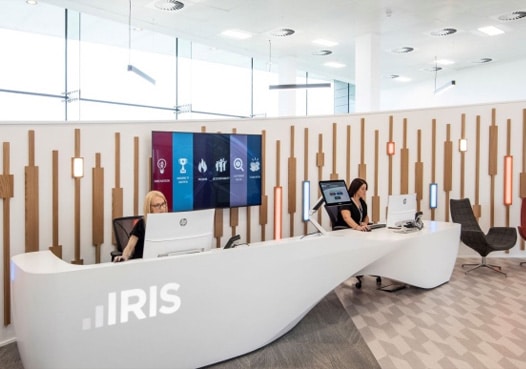Licensing for SQL Server 2008 R2
Article ID
ias-11393
Article Name
Licensing for SQL Server 2008 R2
Created Date
8th October 2013
Product
Problem
SQL Server 2008 R2 editions are licensed through Microsoft Volume Licensing using either the : 1. Per Processor software licensing model or the 2. Server/Client Access License (CAL) software licensing model
Resolution
1. Per Processor Licensing
Microsoft offers a Per Processor licensing model to help alleviate complexity. When licensing SQL Server software under the Per Processor model, you do not need to purchase additional CALs; it includes access for an unlimited number of users or devices to connect from either inside or outside the firewall. Per Processor Licenses for SQL Server 2008 R2 are available for Datacenter, Enterprise, Standard, Workgroup, Web, and Parallel Data Warehouse editions.
• A Per Processor License is required for each processor installed on each operating system environment (OSE) running SQL Server or any of its components (for example, Analysis Services).
• For SQL Server running in physical operating system environments (POSEs), you must license all physical processors.
• Per Processor License costs are the same regardless of number of cores in the processor.
The Per Processor model is appropriate when:
• You cannot or do not want to count users/devices
• The number of users/devices is high enough that the Per Processor model is more cost-effective than the
Server/CAL model
• SQL Server is being used for external-facing Web sites or applications.
2. Server/CAL Licensing
When licensing SQL Server software under the Server/CAL model, you purchase a Server License for the server and a Client Access License (CAL) for each device (Device CAL) and/or user (User CAL) accessing or using the services or functionality of SQL Server or any of its components (e.g. Reporting Services).
A CAL is not software; it is a legal document granting access.
• SQL Server 2008 R2 CALs (or SQL Server 2008 CALs with SA) are required.
• A given user or device only needs one SQL Server CAL to access any number of SQL Server instances in the
organization.
• SQL Server CALs can also be used against any SQL Server regardless of the platform (32 bit, 64 bit, and IA64) or edition (Workgroups, Standard, and Enterprise).
• Use of hardware and/or software that reduces the number of devices or users that directly access or use the software (multiplexing/pooling) does not reduce the number of CALs required.
• Separate partitions or blades are considered to be separate servers for licensing purposes.
The Server/CAL model is appropriate when:
• You can count your users/devices
• The number of users/devices is low enough that the cost is lower than using the Per Processor model
• You plan to scale out your use of SQL Server by adding new servers over time. (Once you have purchased the necessary
CALs, you only need additional Server Licenses for new servers.)
• Users are accessing many SQL Server databases
We are sorry you did not find this KB article helpful. Please use the box below to let us know how we can improve it.







